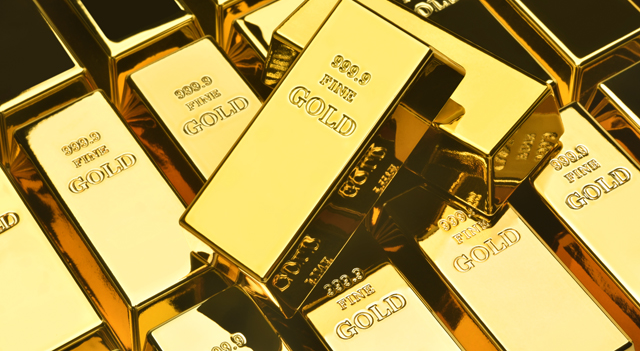On Tuesday, gold hit a new milestone by reaching a historic high, driven by a combination of fund purchases and speculation about future changes in the Federal Reserve’s monetary policy, along with geopolitical and financial concerns that have bolstered the precious metal’s rally.
Gold prices saw an increase of up to 1.3%, reaching $2,141.79 an ounce before paring gains. This surge surpassed the previous record of $2,135.39 set three months ago, marking a significant phase of appreciation.
Since last Thursday, gold has witnessed an increase of over 4% in its value, fueled by a mix of expectations for more accommodating monetary policies, escalating geopolitical tensions, and the potential for a correction in the stock markets.
Contributions to this rise came from macro funds and the buying trend by commodity trading advisors, as noted by Ryan McKay, a commodity strategist at TD Securities.
The speed of this movement surprised some market observers, given the lack of significant changes in expectations regarding Fed policies or other macroeconomic indicators that could serve as catalysts for such momentum.
James Steel, an analyst at HSBC Holdings, expressed surprise at the rapid ascent, noting the absence of a direct cause for such movement.
Some analysts suggest that the increased risk of a stock market correction, following weak US industrial sector data, may have encouraged investors to shift from stocks to gold, as indicated by Ole Hansen, a commodity strategist at Saxo Bank.
While there is still uncertainty about the exact timing of a possible Fed policy shift, signs that such a change is approaching have supported gold prices since mid-February.
Expectations of a rate cut in June have risen, which traditionally benefits gold, an asset that does not yield interest.
Furthermore, the entry of macro funds into the gold market, which had remained aloof until recently, marked a new phase of buying in the gold rally.
Recent CFTC data reveals that hedge funds and managers increased their bullish positions in gold, though they also increased selling positions, reflecting some market uncertainty.
Despite the gains, there has been a growing disconnect between spot gold prices and outflows from gold-backed ETFs, with the assets of SPDR Gold Shares reaching their lowest point since July 2019.
However, the persistent demand from central banks for gold and the search for gold bars and coins have helped support prices, as has seasonal demand during the Lunar New Year in China.
Amid a backdrop of geopolitical and economic uncertainties, gold’s role as a safe-haven asset is highlighted, especially with the approaching US presidential election and tensions in the Middle East.
Ewa Manthey, a commodity strategist at ING Groep, reinforces the positive outlook for gold amid Fed speculations and ongoing geopolitical tensions.
Meanwhile, gold is still seeking to reach its inflation-adjusted historical peaks set over a decade ago. Concurrently, bitcoin is also recording historic high values, though it is still early to define its role as a safe asset, according to Ryan McIntyre from Sprott Asset Management.
